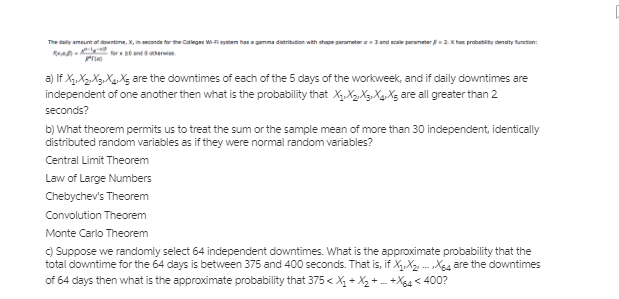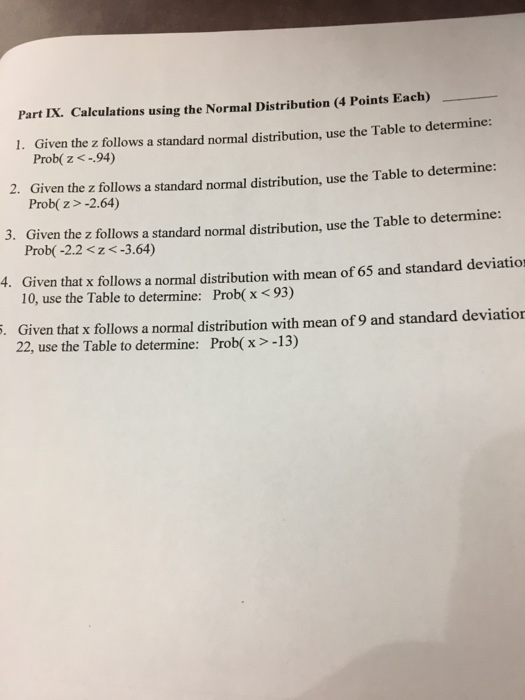Question
Macarthurs, a manufacturer of ropes used in abseiling, wished to determine if the production of their ropes had seen an increase in the average breaking
Macarthurs, a manufacturer of ropes used in abseiling, wished to determine if the production of their ropes had seen an increase in the average breaking strength above their specifications. All ropes being manufactured were required to have a breaking strength of 235.0 kilograms and a standard deviation of 18.5 kilograms. They planned to test the breaking strength of their ropes using a random sample of forty ropes and were prepared to accept a Type I error probability of 0.01.
1. State the direction of the alternative hypothesis for the test. Type gt (greater than), ge (greater than or equal to), lt (less than), le (less than or equal to) or ne (not equal to) as appropriate in the box.
2. State, in absolute terms, the critical value as found in the tables in the textbook.
3. Determine the lower boundary of the region of non-rejection in terms of the sample mean used in testing the claim (to two decimal places). If there is no (theoretical) lower boundary, type lt in the box.
4. Determine the upper boundary of the region of non-rejection in terms of the sample mean used in testing the claim (to two decimal places). If there is no (theoretical) upper boundary, type gt in the box.
5. If the average breaking strength found from the sample is 245.0 kilograms, is the null hypothesis rejected for this test? Type yes or no.
6. Disregarding your answer for 5, if the null hypothesis was rejected when the rope being tested included a new synthetic fibre, could it be concluded that adding the new synthetic fibre had affected the breaking strength of the rope at the 1% level of significance? Type yes or no
?




Step by Step Solution
There are 3 Steps involved in it
Step: 1

Get Instant Access to Expert-Tailored Solutions
See step-by-step solutions with expert insights and AI powered tools for academic success
Step: 2

Step: 3

Ace Your Homework with AI
Get the answers you need in no time with our AI-driven, step-by-step assistance
Get Started


